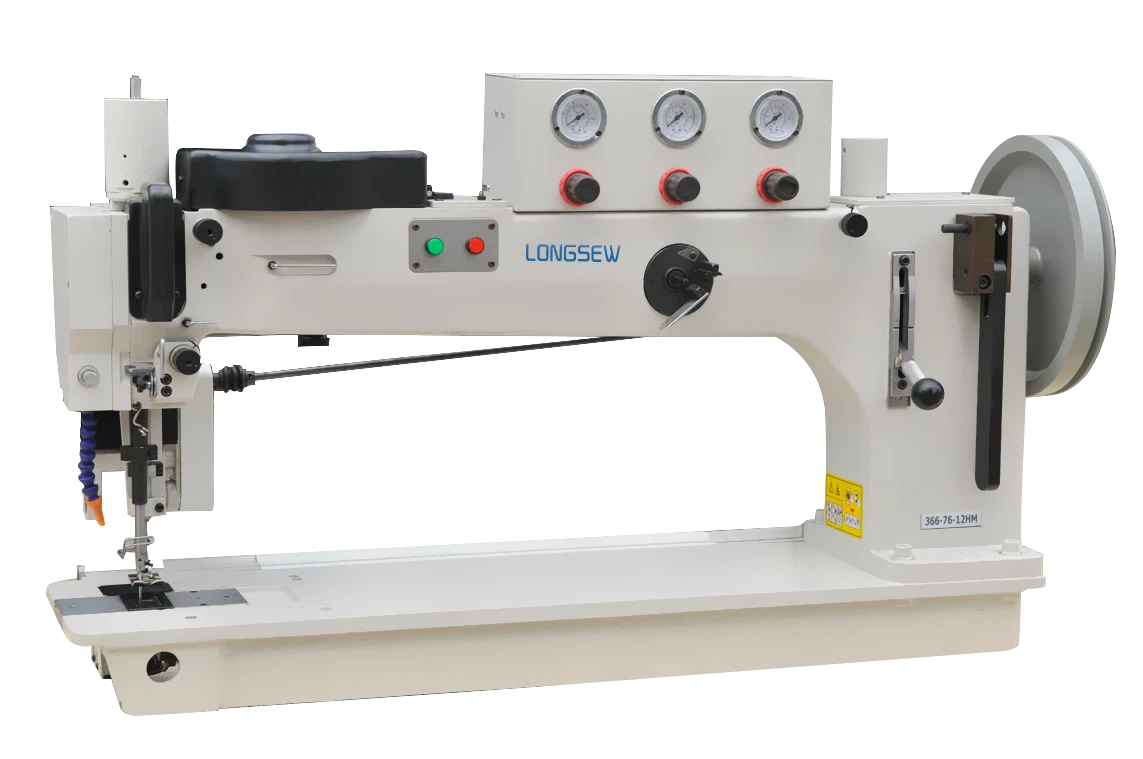Explore the Future of Automated Sewing Technology and Its Impact on Fashion Industry
The Rise of Auto Sewing Transforming the Textile Industry
In recent years, the textile and fashion industries have undergone significant transformations, largely due to advancements in technology. One of the most notable innovations is auto sewing, a process that harnesses automation and robotics to enhance efficiency, precision, and productivity in garment production. This article will explore the impact of auto sewing on the textile industry, its benefits, challenges, and future potential.
Auto sewing involves the use of automated machines and robotics to perform sewing tasks that would traditionally require human operators. These machines are equipped with advanced technology, including artificial intelligence (AI), computer vision, and machine learning, allowing them to perform complex stitches and patterns with remarkable accuracy. This evolution has the potential to revolutionize the way garments are manufactured, reducing the time and labor costs associated with traditional sewing methods.
One of the primary benefits of auto sewing is increased efficiency. Automated sewing machines can operate at a much faster pace than human workers, completing tasks in a fraction of the time. This speed not only accelerates production timelines but also enables companies to respond quickly to market demand and trends. In an industry where consumer preferences are constantly changing, the ability to pivot and produce new styles rapidly gives businesses a competitive edge.
Another significant advantage is the precision that auto sewing technology offers. Traditional sewing often involves variations in stitching quality due to human error. However, with automated systems, the margin for error is considerably reduced. These machines provide consistent, high-quality results, leading to fewer defects and higher overall product quality. As a result, brands can build trust and loyalty with consumers who expect reliable and well-constructed garments.
auto sewing

Moreover, auto sewing has the potential to improve working conditions in factories
. By automating labor-intensive processes, companies can alleviate some of the physical strain on workers, potentially leading to fewer injuries and a healthier work environment. Additionally, this shift could allow workers to take on more skilled roles that focus on design and oversight, rather than repetitive tasks.Despite the considerable advantages, the integration of auto sewing technology comes with its set of challenges. One major concern is the displacement of workers. As companies adopt automated solutions, there is a risk of job loss for those in traditional sewing roles. To address this issue, businesses must invest in retraining programs that help workers transition to new positions that utilize their skills in more advanced areas of the industry.
Another challenge is the initial investment required to implement auto sewing technology. Advanced machinery and software can be costly, making it difficult for small and medium-sized enterprises (SMEs) to adopt these innovations. However, with the long-term benefits of reduced operational costs and increased productivity, many companies find that the investment pays off over time.
Looking to the future, the auto sewing trend is expected to continue evolving. Research and development in robotics and AI will likely lead to even more sophisticated solutions, further enhancing efficiency and flexibility within the production process. Additionally, as sustainability becomes increasingly important in the fashion industry, auto sewing can play a role in reducing waste through precise cutting and sewing techniques that optimize fabric usage.
In conclusion, auto sewing is a game-changer for the textile industry, bringing remarkable benefits in efficiency, precision, and working conditions. While challenges remain, particularly regarding job displacement and investment costs, the potential for growth and innovation is vast. As the industry embraces these technological advancements, the future of garment production will inevitably be shaped by the capabilities of auto sewing, paving the way for a more efficient, sustainable, and responsive fashion landscape.
-
Boost Production Efficiency with a Pattern Sewing MachineNewsAug.29,2025
-
Industrial Excellence with the Best Heavy Duty Sewing MachineNewsAug.29,2025
-
Precision and Power with the Best Pattern Sewing MachineNewsAug.29,2025
-
Reliable Bulk Packaging Starts With the Right FIBC Sewing MachineNewsAug.29,2025
-
Advanced Packaging Solutions: Elevate Productivity with Jumbo Bag Sewing Machine and Industrial Stitching EquipmentNewsAug.29,2025
-
High-Performance Solutions for Bulk Packaging: FIBC Sewing Machine and MoreNewsAug.29,2025
-
Maximize Efficiency with an Industrial Cylinder Arm Sewing MachineNewsAug.28,2025


























